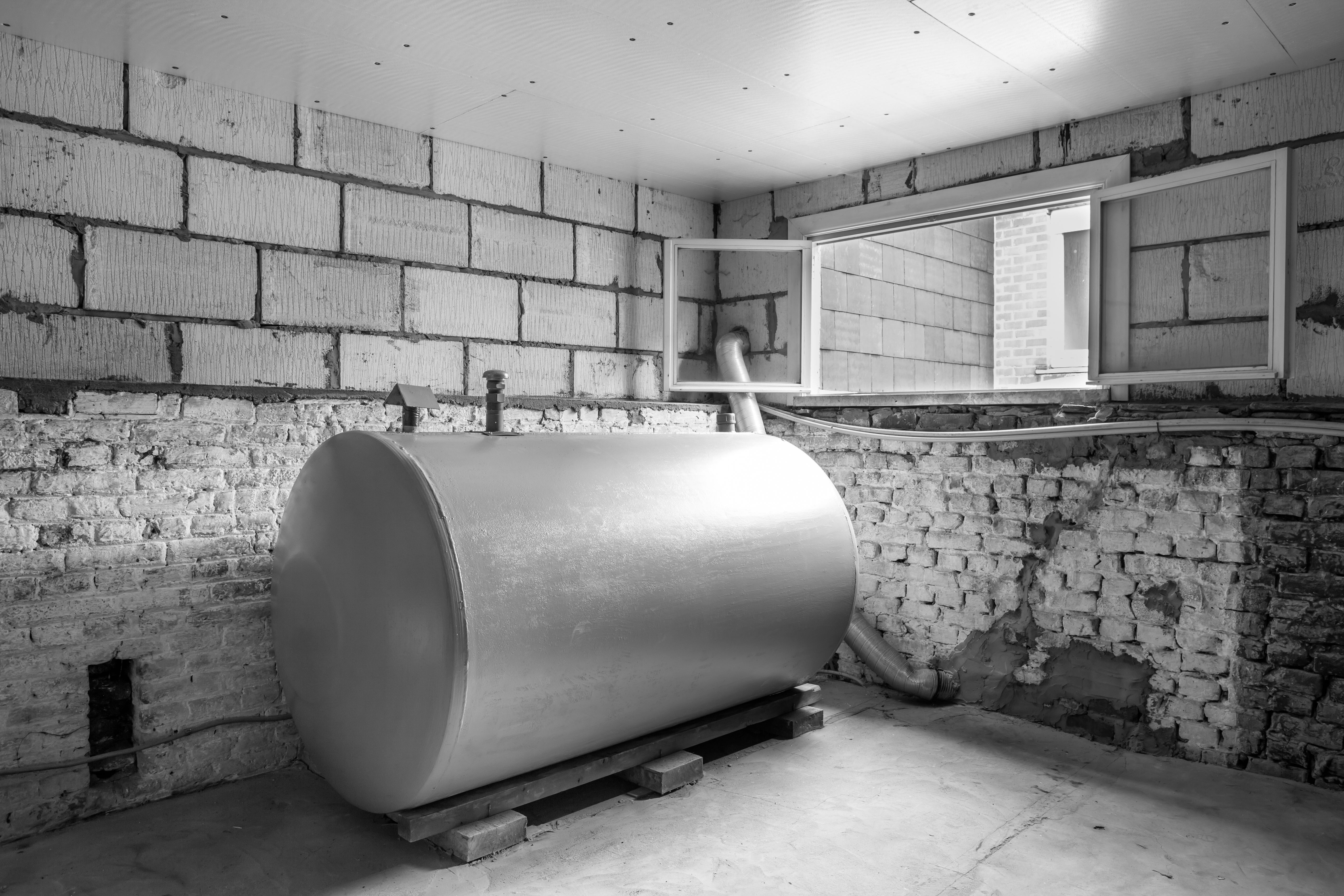Many homeowners are unaware of the condition of their oil tanks. They can be crucial in ensuring security and comfort at home. The replacement of oil tanks is an essential decision for homeowners since it directly affects infrastructure and also the safety of the home.
The residential oil tanks are the unspoken heroes of the home. They are fuel for heating systems and hot water systems. Over time, however corrosion may begin to develop which can lead to leaks and environmental hazards. The homeowners must evaluate the condition and importance of their oil tanks. Tank replacement for oil is not just a financial choice. It is also a way to protect your property and maintain a constant supply of heating oil.

Costs are important to take into consideration.
The cost of replacing the oil tank is the biggest concern for homeowners. Costs may differ based on the size of the tank, its complexity of installation, and additional environmental demands. In order to get accurate cost estimates from reliable oil tank service providers is essential for a successful budgeting. The initial investment is substantial but it’s vital to maintaining the safety and efficiency.
Factors Influencing Replacement Costs
Various factors influence the cost to replace oil tank. The size and type of tank, the accessibility to the location of installation, environmental remediation requirements, and the compliance with safety and building codes are all elements. Homeowners must be aware of labor and materials prices and any other upgrades which may be required. Homeowners will be able to make better decisions regarding the replacement cost if they are aware of these issues.
Prioritizing Environmental and Safety Considerations
Environmental and safety considerations take top priority in the replacing of oil tanks. The older tanks are more susceptible to leaks and corrosion and pose a risk of soil and groundwater contamination. The replacement of deteriorating tanks minimizes environmental risks, while protecting the environment around the property. Also, ensuring that you adhere to strict safety standards when installing new tanks helps prevent injuries and protects the health of the household.
Picking a dependable service provider
For a seamless, compliant replacement, it’s vital to select a trusted service supplier. Homeowners should find licensed professionals with years of experience with oil tank installation and removal. A service provider with experience in replacing oil tanks, paired with an environmental commitment and safety, is ideal. Professionals who are trustworthy ensure that oil tank replacement needs are met with professionalism and confidence.
Long-Term Costs are Outweighed by benefits
The long-term advantages of replacing the oil tank is worth the initial cost. Removing old tanks will allow homeowners to avoid expensive remediation of the environment as well as property damage caused by leaks. A new tank installation can offer improved safety and effectiveness, offering you peace of peace of. Overall, replacement of the oil tank is an effective measure that protects homes, encourages sustainability and enhances long-term comfort and safety.
A replacement for an oil tank is not just an investment in financial terms it is also a necessary step that homeowners must take to make sure that their safety, function and the environmental integrity and sustainability of their houses. When they understand the importance of replacing the tank, evaluating its costs, and prioritizing environmental and safety considerations homeowners can make informed choices. By performing proactive maintenance, and replacing damaged goods homeowners can make a difference to the sustainability of their home and create a safer environment.